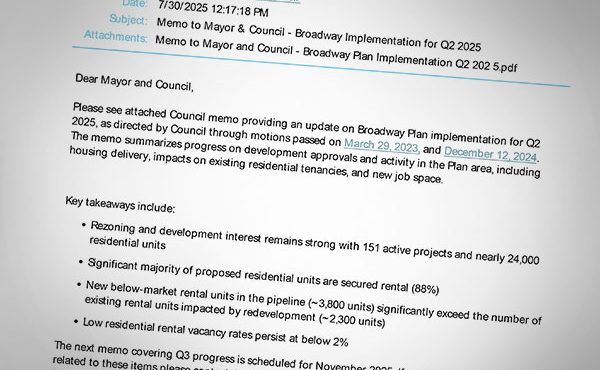
Authors: Lane H. Kendig and Bret C. Keast (Island Press, 2010/2011)
Two books by Lane H. Kendig and Bret C. Keast, Community Character and A Guide to Planning for Community Character, address the issues surrounding the preservation and creation of community character from a planner’s perspective. The two volumes are meant to be read in succession as the former provides readers with definitions and measurements for community character while the latter sets guidelines and illustrates with examples on how community character can be achieved in settlements of different scales.
The principle goal of these books is to establish a new perspective in planning, one that is focused on community character rather on density or zoning. This is quite a challenging task as the authors must define what character is, what types of neighbourhood character are currently present and how those might be quantified.
A word of warning, the content in these two books is quite dense. While the organization is logical, the end of one chapter does not push you into the next. The books read more like textbooks than novels. It might take couple of weeks to get through the books at a casual pace. Selectively reading the sections that interest you may prove to be a much more enjoyable experience.
The amount of content covered in the two volumes is amazing. An entire section of Community Character is dedicated to an overview of design concepts, ranging from floor area ratios to sequential spaces, from economic boundaries to human scaled design. The material resembles a mix between Lynch’s Image of the City and Christopher Alexander’s A Pattern Language. Though the breadth of design lexicon may seem intimidating at first, they are explained with everyday language and accompanied by clear photos and diagrams. Such duty and care is extremely valuable in that it can really strengthen the reader’s ability to critically analyse and compare their physical environments. The same level of detail is present throughout the book while discussing scales of communities, strategies for planning and so on.
Within Community Character, Kendig and Keats also provide a more general view on what character is and how it should be approached. Character often has a negative connotation in the field of planning. When one hears “character,” it often refers to small town character and the need to preserve this character is often a façade behind which nimby’s hide in order to oppose all development. The authors argue that “character” should shed this negative association and revert to a term meaning the look and feel of a community. Quantifying character with objective measures is the first step to removing hostilities around character and making it a viable framework for planning.
After defining character in the first book, A Guide to Planning for Community Character shows the reader how urban, sub-urban and rural characters can be achieved through physical planning. It is important to note that the authors do not make judgements on which scale is more desirable. Those decisions are up to the residents. Instead, the book provides 200 pages on what exactly makes a community have one of the three characters. Photographs of communities in every stage of development are available with a specific focus on North America.
Taken as a whole, these books generate mixed feelings. On one hand, the tone of these books appears to be too prescriptive. There is little room for the reader to question claims or to insert their own experiences. The language seems to suggest that it is the definitive, comprehensive guide to community character. On the other hand, Kendig and Keast have accomplished just that. These are by far the most complete and detailed works dedicated to community character I have ever come across. That makes these books a valuable addition to any planner’s reference collection. As a casual read, the writing style, organization, and layout are far too dense and systematic for the books to be digested in one sitting. However, the sheer amount of information makes these books a wonderful gateway to intriguing urban issues all around us.
***
For more information on Community Character, visit the Island Press website.
For more information on A Guide to Planning for Community Character, visit the Island Press website.




